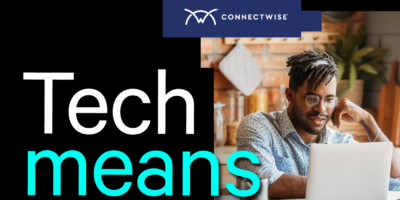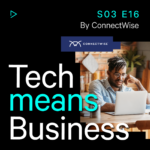
Gen Z shoppers aren’t easy to please. Source: Shutterstock
Here’s everything you need to know about marketing to Gen Z
GEN Z represents the next big challenge for marketers.
This emerging customer cohort (the eldest turn 22 this year) already have a spending power estimated between US$29 and US$143 billion and so understanding their behavior is fast becoming essential for brands that want to capture and maintain their attention.
As with every changing demographic, there are a number of characteristics to understand. Grasping these and allowing them to shape your marketing strategy can help connect you to the next generation of customer.
They have short attention spans
Marketers have a split second to capture Gen Z’s attention. We all live content-rich lives with new information offered at every turn and this new generation have grown adept at deciding what to absorb and what to ignore – fast.
For social media marketers, this means investing in original and instantly engaging visuals that can stop them mid-scroll.
Something that instantly resonates when really, they’ve almost seen it all. Although if capturing a Gen Zers attention is a challenge, maintaining it is even more tricky.
A 2018 Pew study found that 44 percent of teens say they go online “several times a day”. Combined with the 45 percent of those online “almost constantly“, this means that that 9 out of 10 teens are online multiple times a day.
When the customer is always-on, you have to be aware of how quickly they will be consuming your content. Successful brands invest in an always-on approach to ensure they are always serving content that is fresh, targeted and relevant.
Social media is life
With 75 percent of Gen Zers naming the mobile phone their device of choice – and the majority spending around three hours per day on social media – a mobile-first marketing strategy is essential.
Instagram’s steps towards eCommerce provide a big opportunity here. Shopping tags in images and the “swipe up” option in Stories both tap into Gen Z’s expectation of instant information, and work to maximize their attention before it’s lost.
Now, the long-awaited “Checkout” on Instagram (launched in the US) looks set to take this to the next level – through Checkout, users will have the ability to make immediate purchases in-app. No link in bio, no redirection.
With less time, and more distractions than ever, this streamlined process caters to modern consumer behavior.
The function is currently only available to a select number of launch partners, so brands have some time to consider how they can maximize this opportunity.
They’re slow to trust
Access to 24/7 news coverage of turbulent global events – including terrorism, cyberattacks and security breaches – has shaped Gen Z’s attitude. They’re more cautious, and lack trust in large organizations, often including brands.
So how can marketers overcome this obstacle?
Transparency and responsiveness are important factors in getting this audience on your side. Offering them entertainment, help, and advice will also win you favor.
Criteo’s Gen Z report showed that 62 percent of Gen Z prefer ads which ‘bring value to their lives’. It’ll not only encourage them to spend more time with your content, but they’ll appreciate the fact that you’ve earned the right to advertise to them.
But with brands only representing 10 percent of Gen Z’s followed accounts, marketers can’t expect to gain access to their social circles on their own.
Influencers can help bridge this gap – Gen Z looks to influencers as trusted peers: They are 1.3x more likely to purchase a product recommended by an influencer than by a traditional TV or movie celebrity.
Influencers also tap into their cautious reliance on reviews – 78 percent of Gen Z have read a review when buying a product in the past 30 days.
Despite their lack of trust, Gen Z are open to being advertised to.
A study found they were more likely to buy a product after watching a social ad than a Millennial – so the outlook is far from gloomy. The secret lies in acknowledging their differences in behaviors, priorities, and values, and adapting your strategy accordingly.
For more Gen Z insights, download Vamp’s ‘Understanding and Marketing to Gen Z’ report here.
READ MORE
- Ethical AI: The renewed importance of safeguarding data and customer privacy in Generative AI applications
- How Japan balances AI-driven opportunities with cybersecurity needs
- Deploying SASE: Benchmarking your approach
- Insurance everywhere all at once: the digital transformation of the APAC insurance industry
- Google parent Alphabet eyes HubSpot: A potential acquisition shaping the future of CRM








